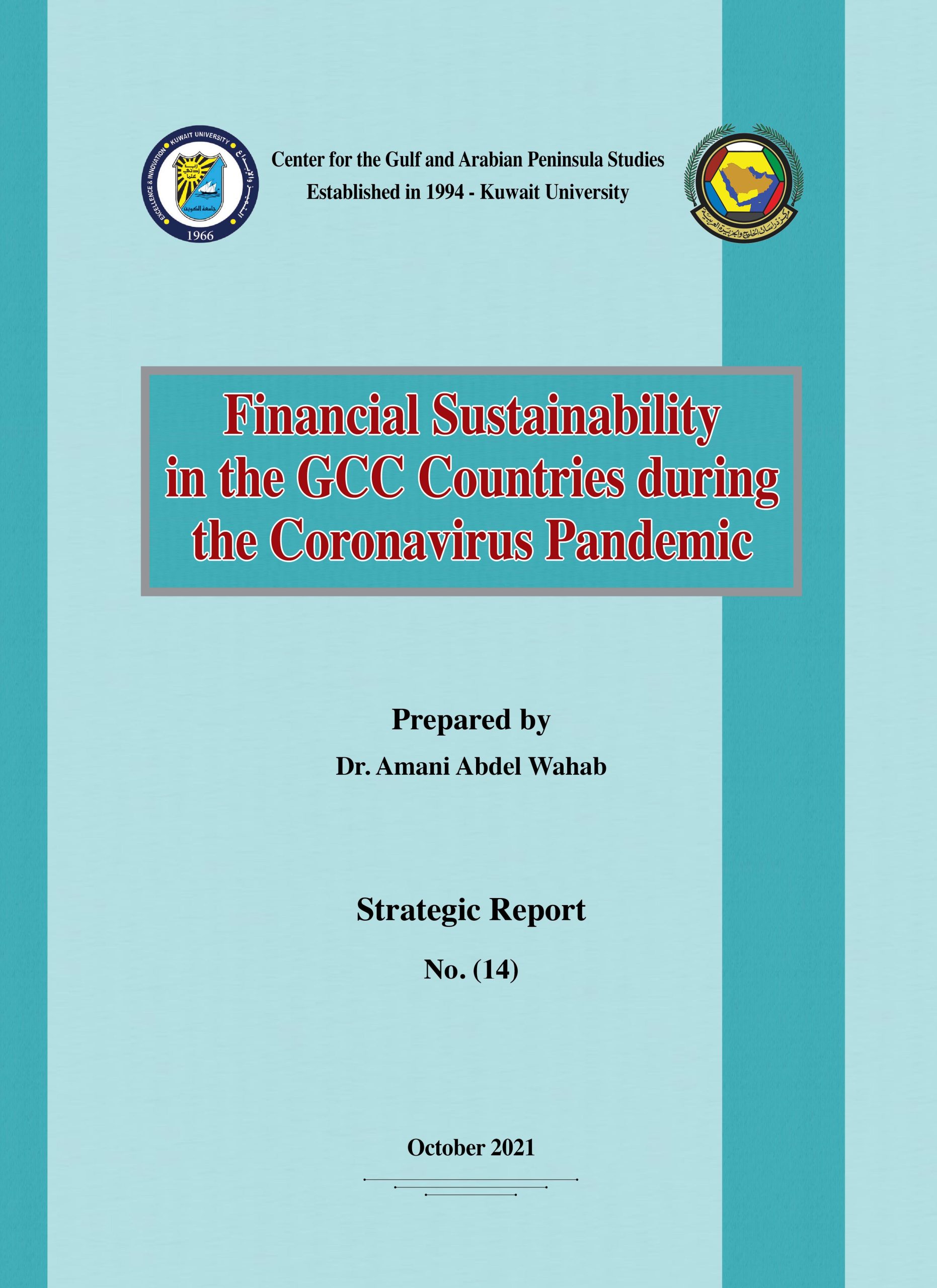Abstract:
States have relied heavily on financial measures to protect lives and livelihoods from the health and economic repercussions of the coronavirus pandemic (COVID-19) to promote the reopening of economies in a highly uncertain environment. The stringent financial measures taken so far are necessary, diverse, and costly. In general, these financial measures have mitigated the pandemic’s negative effects on health and economic outcomes. Although public debt levels have reached record levels, more support is needed to protect people and economic activities. Hence, fiscal policy should be designed; To suit the different stages of the pandemic, adapt to evolving needs to protect individuals, support demand, facilitate transition to a post-pandemic economy and ensure debt sustainability (IMF, 2020). Fiscal policies to mitigate the effects of the pandemic, coupled with a sharp decline in output and government revenues, have pushed the public debt to levels close to 100% of GDP in 2020 globally, the highest rate ever. The increase in current sovereign debt has been added to the global debt crisis that existed before the pandemic. The G20’s total public and private debt has seen an upward trend over the past two decades, reaching approximately 240% of GDP at the end of 2019. With a steady increase in private debt since 2014 and reaching approximately 150% of GDP at the end of 2019. The long-term decline in borrowing costs and the expectation that government interest rates will continue to fall in developed economies and many emerging markets sustain higher debt burdens by easing debt service burdens relative to GDP. Governments have also benefited from a lower interest rate to progressively extend the maturities of government bonds. However, as bankruptcies rise, a portion of private debt can move into the public sector through bailouts. In addition, 54% of low-income countries were stalled or at risk of being unable to repay debt as of September 2020, compared to 51% at the end of 2019.
Hits : 853
